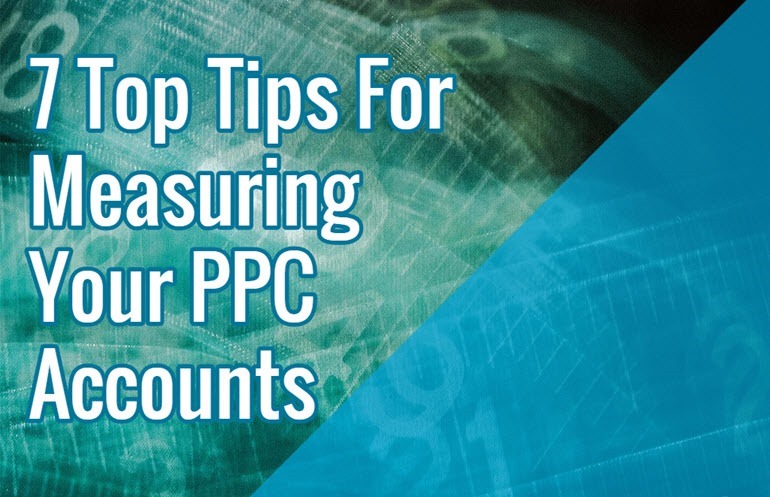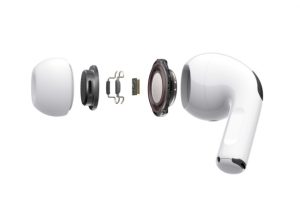
If you have used AdWords you will probably have discovered that it can be a real money pit. A poorly optimized AdWords campaign will see your ad budget quickly diminish, often with very little to show for it. This is why so many small businesses declare that AdWords cannot work for them. The trick to getting a good return on investment (ROI) from this paid search platform is to monitor and optimize your campaigns. Here I will share my top tips on how to do this.
1. Conversion Goals
Your AdWords campaign should be designed to deliver conversions. This may seem obvious, but many people make the mistake of trying to get as many clicks to their site as possible, without considering whether a majority of visitors are actually wanting to buy.
The most important metric is your Cost per Conversion (CPC), also called Cost per Acquisition (CPA). This provides an average cost for each type of purchase, which you can then use to determine if the campaign is worthwhile. If you are running very tight margins, your campaign may be creating a lot of extra work without any extra profit.
For example, if you are selling a product for $100 with a profit of $25 per sale, you need to ensure that your cost per conversion, plus order processing, packaging and postage, is less than $25, otherwise there is no profit. While calculating cost per conversion is relatively easy when selling an item, it becomes more complicated when selling business services.
Business services rely on “lead generation”. Ad clicks are far less likely to result in a sale, so it becomes even more important to know how much money you are spending on advertising to generate new business.
One way to achieve this is to apply your AdWords Click ID to contact form enquiries. This allows you to track each customer journey, which will allow you to determine a cost per acquisition. If a business service generates $3000 revenue over six months, you may be able to afford to spend $500 on advertising to achieve this. As long as you are bringing in new business, and on average each customer works with you for six months, you will be generating $2500 revenue for every $500 spent. Depending on the business type, this may or may not represent a viable ad spend.
2. Set Maximum CPA And Target Ranges
Once you have determined how much money you can afford to spend on advertising to make a profit, you should set a maximum CPA. Monitor your account and make sure you do not exceed this.
As well as a max CPA, you should also set a target range. This sets a lower limit for ad spend per conversion. Setting a lower limit will allow your AdWords campaign to make more profit while still generating good leads. If you set it too low, however, you may find that the only leads generated are on search terms that do not convert.
3. Check Your Conversion Rate
Your conversion rate, which is the number of clicks leading to a sale, is an important metric to monitor. A high conversion rate indicates that your advert is targeting and engaging your potential customer base.
A low conversion rate may indicate problems with the wording of your adverts or a poorly designed landing page, so you must tackle both problems. Optimise the advert to appeal only to those who are most likely to buy, and then improve your landing page to sell your products and services.
Making use of the negative keywords feature will also help you to reduce your conversion rate, and reduce wasted ad spend. Analysis of your CPC data may show that some keywords never lead to a sale – add these to the negative keywords list so your ads do not show.
4. Return On Ad Spend
For many people, this is the ultimate metric – how much you spend on ads in relation to how much revenue you generate. However, unless you are running an ecommerce site that tracks every customer journey from ad click to check out, it may be very difficult to gather accurate data; AdWords does not provide it for you. A good PPC manager will be able to monitor this metric closely.
5. Return On Investment (ROI)
Return on Ad Spend is sometimes mistaken for ROI. AdWords provides the following formula to calculate ROI:
ROI = (Revenue – Cost of goods sold) / Cost of goods sold
6. Impression Share
If you display your ads across the Google Display Network (GDN), you should be monitoring your impression share.
If your impression share is too high, this may indicate that your campaign is targeting too much, and this can actually put off some customers. To reduce the risk of customers thinking “oh no, not that advert again!”, tone down your CPC rate or retargeting to reduce impression share.
7. Average Position
People tend to click the first advert they see, so if your ads are consistently showing lower down the pecking order, you will be getting fewer clicks. This is an average figure for your whole campaign, so bear in mind that some adverts might be showing in first place, while others are rarely showing at all.
There are many other metrics that you can follow, but the trick is to pick a few that make sense to you and your business and use these to optimise your campaign. Sometimes it pays to just be aware of how the campaign is performing, or failing to perform, so that you can end some campaigns early while improving others.
* Lead image adapted from avrene
7 Top Tips For Measuring Your PPC Accounts
The post 7 Top Tips For Measuring Your PPC Accounts appeared first on Search Engine People Blog.
(138)








